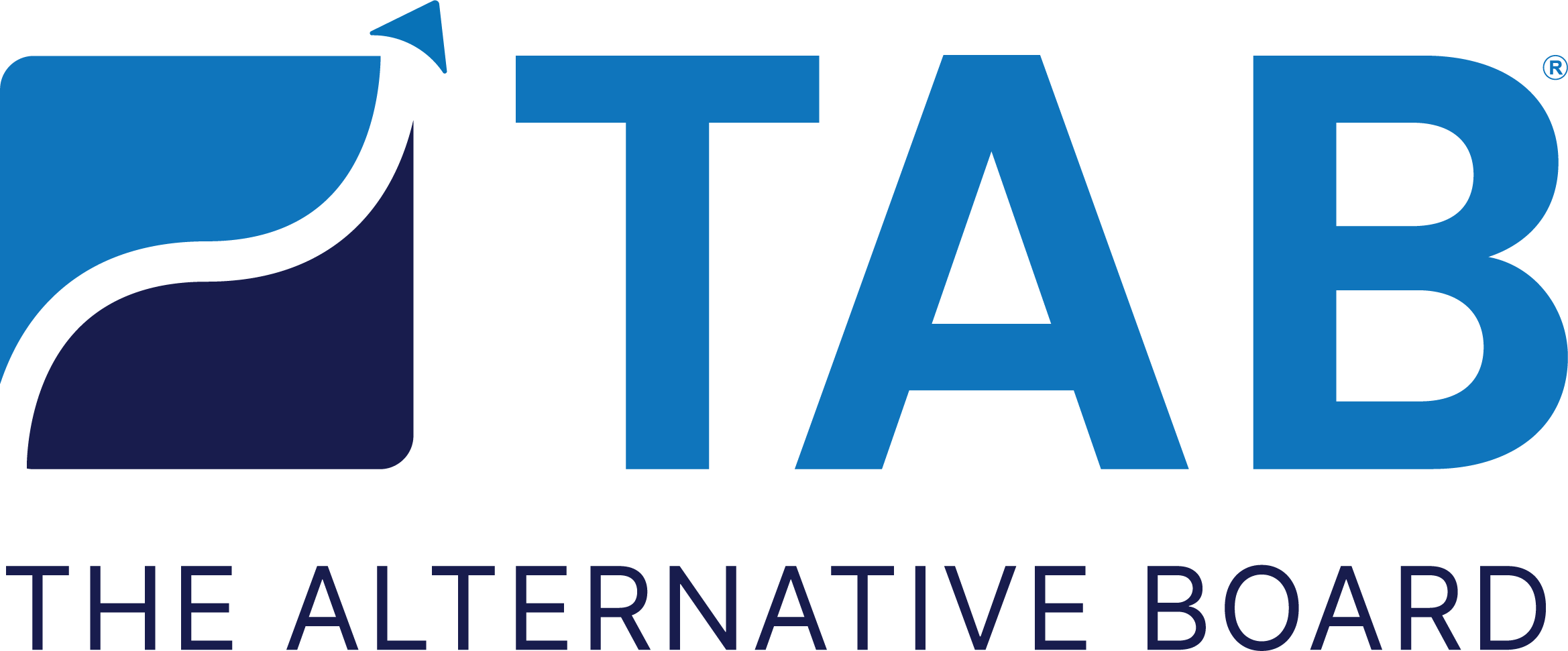7 Tips for Identifying Talent During Job Interviews
Conducting job interviews may sometimes seem to be a needless expenditure of time and resources. More often, however, the interview process is the perfect opportunity to weed out unfavorable candidates and, more effectively, identify those individuals with the most talent and promise for your organization.
As the new year rolls around, here are helpful tips for customizing your interview process to make note of high-quality prospective employees:
1. Take the process seriously.
As we have noted before, an in-person job interview “should never be taken lightly or regarded as a dreary step in the hiring process.” It’s among the best tools for evaluating a candidate in terms of his or her ability to describe their past working experience, to answer questions spontaneously, and to demonstrate some of their soft skills.
The best rule of thumb: Never rush through a job interview or easily dismiss a candidate based on your “gut” impression.
2. Design a structure that applies to all candidates.
You can’t ever be sure of a prospective employee’s capabilities if each job interview is conducted differently. Forbes recommends standardizing the interview process and dividing it into distinct stages:
HR screening - Confirm the individual’s basic qualifications for the position.
Technical skills interview - Assess experience in role-specific skills.
Behavioral interview – Look closely at the person’s soft skills.
Final interview—Allow senior managers to watch for optimum cultural fit.
By using consistent questions for each stage, you can “develop an evaluation rubric to objectively assess each applicant on key competencies,” using a scale of 1 to 5 to “make comparisons easier.”
3. Consider the STAR method (Situation, Task, Action, Result).
The STAR (Situation, Task, Action, Result) method includes asking a candidate about his or her prior experience in meeting hard deadlines, identifying specific project tasks they were responsible for, the actions they took to complete those tasks, and the results of their actions.
“Instead of asking someone how they would behave in a particular scenario,” says Forbes, “you’d ask them how they’ve behaved in a specific situation in the past.”
4. Present a hypothetical, job-related challenge.
Some job candidates, skilled at answering the “right way” during interviews (and thus, revealing little of themselves), can be more rigorously assessed through a role-playing scenario or similar exercise. Present a work-related task or challenge and see how the candidate responds.
5. Evaluate the candidate’s communications skills.
While communications (internal or external) might not be part of the open position, it’s still important to gauge the quality of a candidate’s skills in this area. After all, every team member interacts with other team members, and how they communicate matters.
Pay close attention to how well the prospective employee talks about his or her past experiences, and whether they are fully “present” during the job interview. This will give you a clue as to how well the prospective employee will fit in with the rest of the team.
6. Think long-term with prospective employees.
Yes, you need to hire someone as soon as possible to fill the open position. But the interview process will yield better ROI if you also consider an applicant’s long-term potential.
“Getting the best talent is about creating sustainable value,” notes Hacker Earth. In the interview, “ask questions revolving around the prospect’s career goals and plan to identify if the applicant is in tandem with your organization’s goals.”
7. Leave time for Q&A.
Another way to identify talent is by leaving time for a job candidate’s questions. What they ask—in terms of potential career growth, opportunities to learn and develop on the job, etc.—offers your HR team an “opportunity to learn more about their character and professional commitment,” says Indeed. Their questions “can give you a better idea of what they are capable of and what they hope to achieve while working for the company.”

